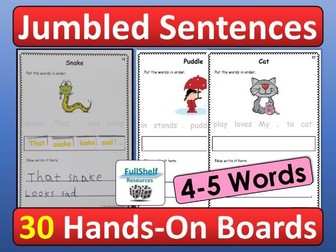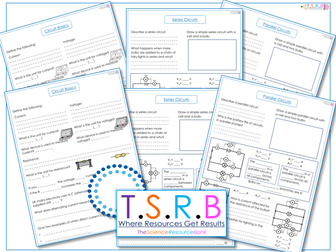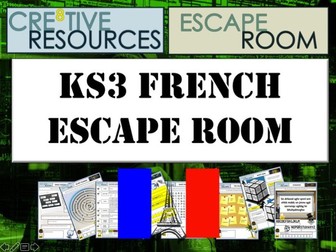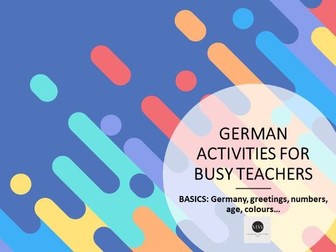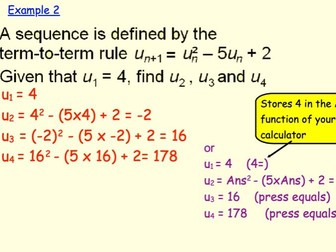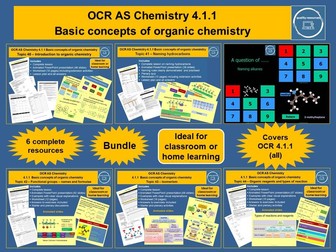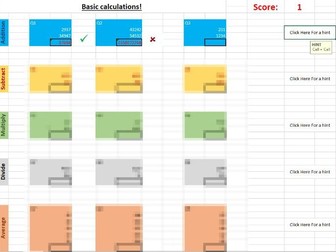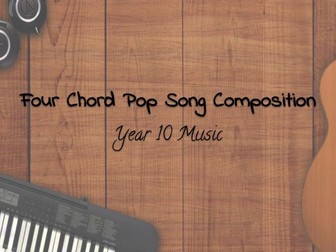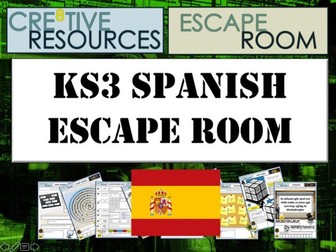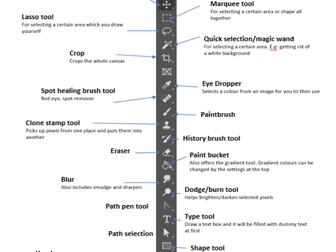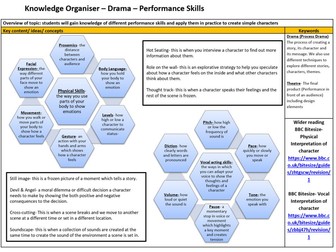
Basic Sentences KS1
This is a popular hands-on Year 1 (Y1) making sentences or jumbled sentences word ordering resource. It’s a full class set of 30 different reusable simple sentence building activity boards, which now also comes with an additional worksheet version of all boards. Originally designed for Year 1 (or Primary 2 in Scotland), these sentence construction SPaG / Grammar activities could be used elsewhere in EYFS / Reception (Primary 1 in Scotland) and Key Stage 1, depending on ability. Emergent writers love lifting the words off the boards to sort and unscramble them to find the hidden sentence. With an engaging picture clue and title on each board, this word sequencing Literacy Basic Skills resource suits a range of learning styles. After carefully reading the jumbled words, your early writers correctly rearrange them on the board before writing the sentence out on the lines provided, using a dry-wipe pen. Regular practice with scrambled sentences should help children begin to form sentences independently.
This is a 65 page PDF document in a Zip file, together with an additional editable Word document of the word cards only.
Each mixed-up sentence contains a word beginning with a capital letter to help identify the first word and to reinforce this important punctuation rule, and a full stop to pick up and place at the end. While constructing these sentences, children also learn about word order, parts of speech and that a sentence must make sense on its own.
These contain 4-5 words. A more challenging set featuring 6-8 word sentences is available, as is a muddled up questions version. SAVE by buying all 3 Sentence Ordering packs in a bundle.
Jumbled Sentences (6-8 words)
Jumbled Sentences (Questions)
Jumbled Sentences BUNDLE
Colour print on quality card to make it sturdy and laminate for repeated use. It’s ideal for using as a regular activity, with children working on a different one each time. Or choose the ones you make up if working with a small group. It could be used with SEN / ASN groups or others requiring writing support.
Words are printed in faint grey in a random order. Once laminated, cut the word strips and stick each word on top of this faint type, using Blu Tack, Blu Tack ‘Glu Dots’ or equivalent. Each strip is in a different colour to help identify the board it is from. Train the children to replace the words to these starting positions and to wipe boards before putting them back. Good quality laminating pouches and easy-wipe pens will help with this!
Please visit: FullShelf Resources
